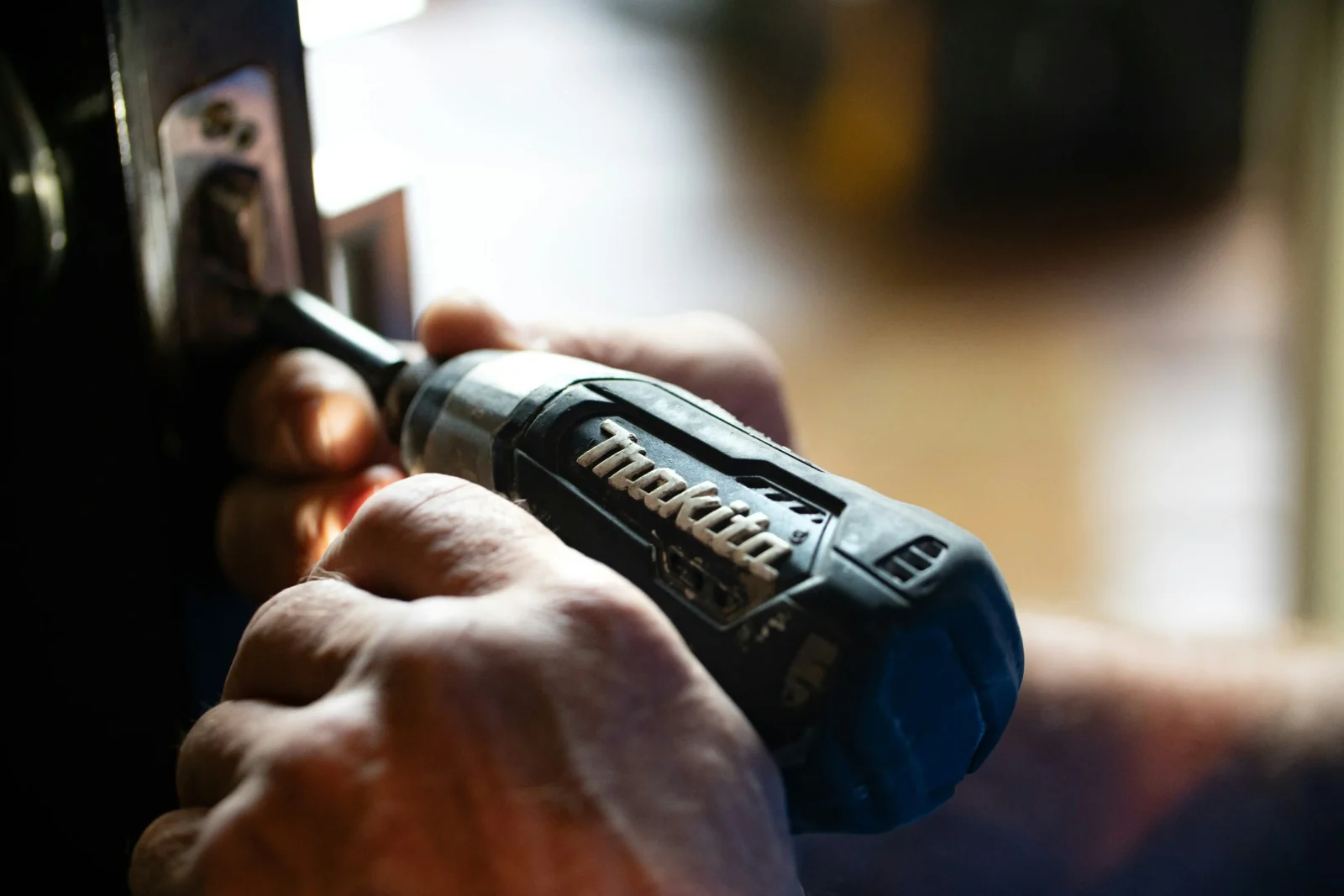- Home
- Articles
- Architectural Portfolio
- Architectral Presentation
- Inspirational Stories
- Architecture News
- Visualization
- BIM Industry
- Facade Design
- Parametric Design
- Career
- Landscape Architecture
- Construction
- Artificial Intelligence
- Sketching
- Design Softwares
- Diagrams
- Writing
- Architectural Tips
- Sustainability
- Courses
- Concept
- Technology
- History & Heritage
- Future of Architecture
- Guides & How-To
- Art & Culture
- Projects
- Interior Design
- Competitions
- Jobs
- Store
- Tools
- More
- Home
- Articles
- Architectural Portfolio
- Architectral Presentation
- Inspirational Stories
- Architecture News
- Visualization
- BIM Industry
- Facade Design
- Parametric Design
- Career
- Landscape Architecture
- Construction
- Artificial Intelligence
- Sketching
- Design Softwares
- Diagrams
- Writing
- Architectural Tips
- Sustainability
- Courses
- Concept
- Technology
- History & Heritage
- Future of Architecture
- Guides & How-To
- Art & Culture
- Projects
- Interior Design
- Competitions
- Jobs
- Store
- Tools
- More
What to Look for in Durable and Affordable Electronic Enclosures

Electronic enclosures play a vital role in protecting sensitive components from external factors, ensuring the longevity and reliability of the devices they house. Whether for industrial applications, consumer products, or outdoor installations, selecting the right enclosure can make a significant difference in performance and cost-effectiveness. This guide explores key factors to consider when choosing durable and affordable electronic enclosures.
Table of Contents
ToggleWaterproof Enclosures for All Weather Conditions
When selecting an electronic enclosure, waterproofing is one of the most critical features to evaluate, especially if the equipment will be exposed to outdoor environments or moisture-prone areas. Waterproof enclosures ensure that sensitive electronic components remain protected against rain, splashes, or even full submersion, depending on their IP (Ingress Protection) rating. For instance, enclosures rated IP65 or higher are ideal for applications requiring robust resistance to water and dust. When sourcing waterproof enclosures, the material is also a crucial consideration. Polycarbonate, stainless steel, and ABS plastic are commonly used due to their ability to withstand harsh conditions without compromising durability. For those seeking a reliable solution, companies like Bud Industries offer a range of waterproof enclosures designed to meet diverse needs while maintaining affordability. Their products exemplify the balance between quality and cost, making them a top choice for various industries.

The Importance of Material Selection
The material of an electronic enclosure significantly impacts its durability, thermal performance, and resistance to external elements. Each material comes with its strengths and weaknesses, so it’s essential to match the material to the application’s specific requirements.
Metal enclosures, such as those made from aluminum or stainless steel, are known for their strength and electromagnetic shielding capabilities, making them ideal for industrial applications. In contrast, plastic enclosures are lightweight, cost-effective, and resistant to corrosion, making them better suited for indoor or portable applications. Polycarbonate plastic, in particular, offers high impact resistance and UV stability, making it a great choice for outdoor use. Understanding the advantages of each material can help you select an enclosure that provides the best balance of performance and cost-efficiency.
Thermal Management Considerations
Electronics generate heat, and improper thermal management can lead to overheating, reduced performance, or even damage to components. Therefore, it’s crucial to choose an enclosure that supports efficient heat dissipation or incorporates features to manage temperature.
For applications with significant heat generation, metal enclosures can serve as natural heat sinks, dissipating heat more effectively than plastic. Alternatively, enclosures with built-in ventilation or provisions for installing fans and heat sinks are ideal for high-performance devices. Ensuring proper thermal management not only extends the life of your electronics but also prevents costly downtime or repairs.
Customization Options for Specific Applications
Every electronic device is unique, and off-the-shelf enclosures may not always meet specific requirements. This is where customizable enclosures come into play. Many manufacturers offer modifications, such as pre-drilled holes, custom sizes, or additional features, to tailor the enclosure to your application’s needs.
Customization can also include aesthetic elements like color matching and branding, which are essential for consumer-facing products. Additionally, custom features such as mounting brackets, gaskets, or compartments can enhance functionality and streamline the integration of components. Investing in customizable enclosures ensures that your equipment is housed in a solution that fits perfectly, both in terms of performance and design.
Sealing and Protection Against Contaminants
Apart from waterproofing, enclosures must also protect against dust, debris, and other contaminants that can compromise the functionality of electronic components. The level of protection is typically indicated by the IP rating, with higher ratings signifying better resistance. For instance, an IP68-rated enclosure offers superior protection against dust and can withstand prolonged submersion in water, making it suitable for extreme environments.

In industrial or outdoor settings, sealing is particularly critical to prevent the ingress of dirt, chemicals, or corrosive substances. Enclosures equipped with high-quality gaskets and robust locking mechanisms ensure a secure seal, maintaining the integrity of the electronics inside.
Balancing Cost and Durability
While durability is essential, cost considerations cannot be overlooked, especially for large-scale projects or budget-conscious applications. The key is to strike a balance between affordability and quality. This often involves evaluating the total cost of ownership, which includes not only the initial purchase price but also maintenance, longevity, and potential replacement costs.
Plastic enclosures generally offer a lower upfront cost while providing adequate durability for many applications. However, for environments requiring maximum strength and resistance, investing in metal enclosures may prove more cost-effective in the long run. Careful assessment of the operating environment and application requirements will help you choose an enclosure that meets your needs without exceeding your budget.
Choosing the right electronic enclosure requires careful consideration of various factors, including waterproofing, material, thermal management, and protection against contaminants. Customization options further enhance the functionality and aesthetics of the enclosure, while a thoughtful balance of cost and durability ensures long-term value.
By prioritizing these elements during the selection process, you can ensure that your electronic components remain protected and perform reliably in any environment. With the right enclosure, your devices will not only withstand external challenges but also deliver consistent results, enhancing the success of your projects.
illustrarch is your daily dose of architecture. Leading community designed for all lovers of illustration and #drawing.
Submit your architectural projects
Follow these steps for submission your project. Submission FormLatest Posts
10 Interesting Facts About Zaha Hadid
Zaha Hadid was a visionary architect whose fluid forms, bold experimentation, and...
Online 3D Terrain Mapping Tools for Urban and Landscape Design in 2025
A curated guide to the best online 3D terrain mapping tools in...
Common Emergency Repairs Every Homeowner Should Be Ready For
For most of us, when something goes wrong, we have a propensity...
Designing, Retrofitting, and Valuing Non-Standard Homes in Britain
Britain’s housing stock carries a quiet contradiction. From the street, many homes...












Leave a comment